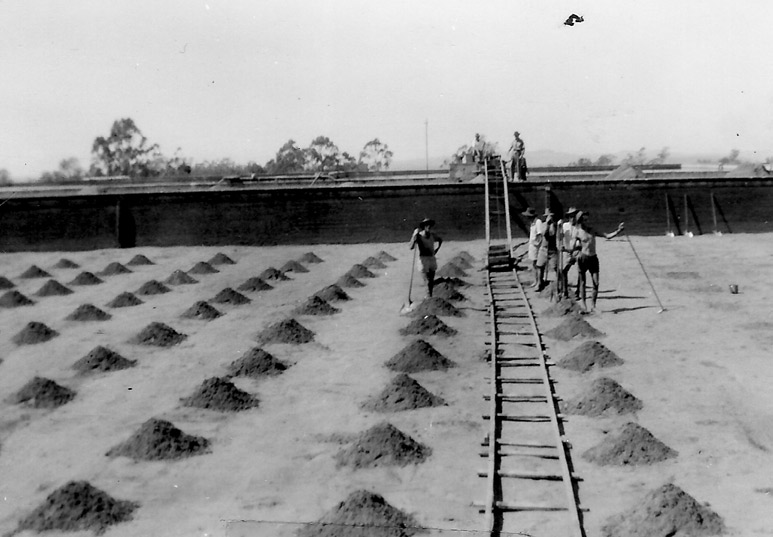Flashback Fridays: Cooperation between Local and State Government

Towards the end of the early period of rapid expansion, a change of Government led to the adoption of a new approach to development of water infrastructure.
In 1878 the Local Government Act had repealed the 1864 Municipalities Act, reiterating Local Government’s responsibility and powers for managing water infrastructure. The Department of Harbours and Rivers was re-established as a sub-department with responsibility for waterworks focussed in North Queensland, and with a greater support role for local authorities.
The next year the Divisional Boards Act 1879 created Boards for 74 ‘Divisions’ in regional Queensland that were not overseen by a Local Government. In 1880 the Local Works Act made local authorities responsible for servicing loans (regardless of whether they had accepted them). Within three years (in 1881) the State had transferred responsibility for developing and paying for waterworks to local entities and in every corner of the State assumed the role of supporter and lender.
This approach was further reinforced with the Water Authorities Act 1891 which formally empowered local authorities to undertake the provision of water supply works. The Act was in force until 1942 and bolstered the State’s role in technical support on design, loan applications, and sometimes management and construction.
Following the angst and antipathy generated in developing the first batch of water infrastructure, this period acted to seal the symbiotic relationship among State and Local Government and private industry providers. The system has been dubbed “supervised or constrained ‘decentralisation’” by Powell (1991) and continued as the prevalent system for over a century.
This period saw the greatest increase in urban water infrastructure as the State assisted Local Governments to design, build and manage water and eventually sewerage schemes for dispersed Queensland towns and cities. Stability was increased through longer lasting agencies with direct responsibility for urban water, first the Department of Water Supply (from 1881 to the 1920s) and later the Department of Local Government (1941 to 1987).
However, there were numerous drivers other than the cooperative arrangements that contributed to growth. Introduction of subsidies, initially to increase employment during the Great Depression in 1932 and as part of a ‘nation building’ enterprise following World War Two, was critical to urban growth.
Expansion in agriculture and consequently dams for irrigation in the post-war years built technical and administrative skills in development of water infrastructure. The 1970s expansion of coal mining saw significant growth in the population of central Queensland towns such as Rockhampton, Mackay, Gladstone, Bowen, Blackwater, Biloela, Emerald, Moranbah, Dysart, Moura and Collinsville. The State Department of Local Government moved quickly to assist growing Local Governments to develop critical water and sewerage infrastructure.
It was not until the 1980s that the system began to change. For much of the post-war period the Water Resources Commission was responsible for building and managing Queensland’s vast array of water supplies for irrigation. The power and extent of this organisation and its predecessors are celebrated in the book Watery Sauces by Ian Pullar and Margaret Cook.
In the 1980s a struggle commenced and responsibility for urban water at the State level was transferred in 1982 from the Department of Local Government, where it had resided for the previous 40 years, to be amalgamated within the Water Resources Commission. This change was criticised strongly by councils, the Local Government Association of Queensland and some within the Queensland Government itself.
The water section (which had actually changed little as a result of the transfer) was returned to the Department of Local Government after 18 months in 1982.
However, this too was to be a temporary change as the Town and Water Branch was returned to the Water Resources Commission in 1987. Unfortunately, this was a hollow victory: in 1989 the Commission was transferred to the Department of Primary Industries where it was gradually disbanded and its functions incorporated with other DPI responsibilities.
This was the beginning of the end for the system of State support for the Local Government urban water industry. A generous subsidy scheme continued through the new Department of Local Government until 2009 but the advice and support functions provided by the State since 1881 were phased out during the 1990s.
With the release of the Water Act in 2000, the State moved its focus instead to regulation of the water industry. Read more about this period next week.
Feature image: Cleaning slow sand filters at Holts Hill, circa 1940s
Back to list